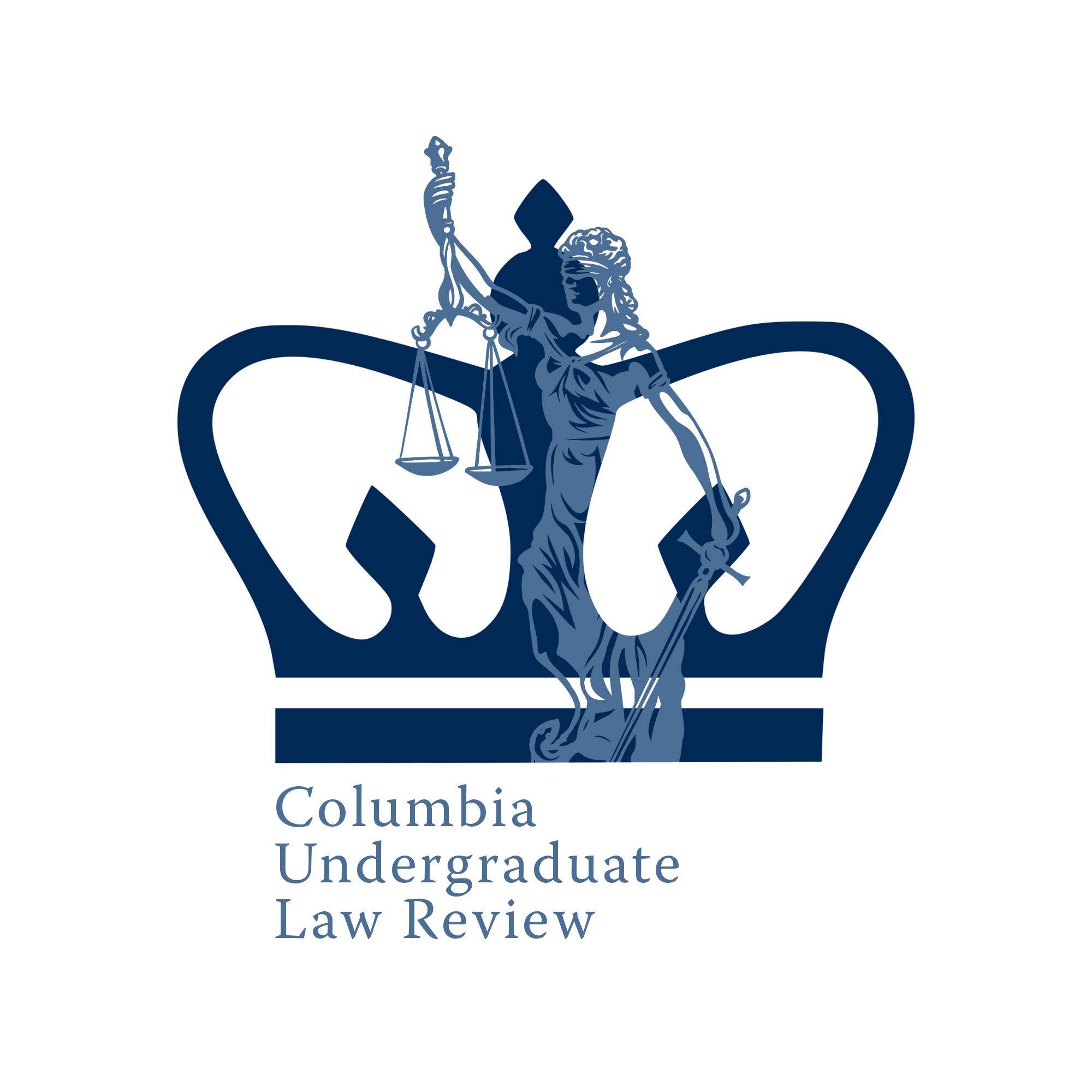For over a decade, California has stood at the forefront of U.S. climate policy, using its Clean Air Act waiver to establish the nation’s most aggressive greenhouse gas emissions regulations in order to meet their goal of reaching carbon neutrality by 2045. However, in the wake of the overruling of Chevron deference in Loper Bright Enterprises v. Raimondo (2024) and the Supreme Court’s recent ruling in Diamond Alternative Energy, LLC v. Environmental Protective Agency (EPA) (2025), California’s Clean Air Act (CAA) waiver now rests on fragile ground. The overturning of Chevron deference alongside the recent ruling in Diamond Alternative Energy, LLC v. EPA signals that courts may now reinterpret the waiver provision more narrowly, undermining many states’ capacity to lead on climate regulation.
Read More
